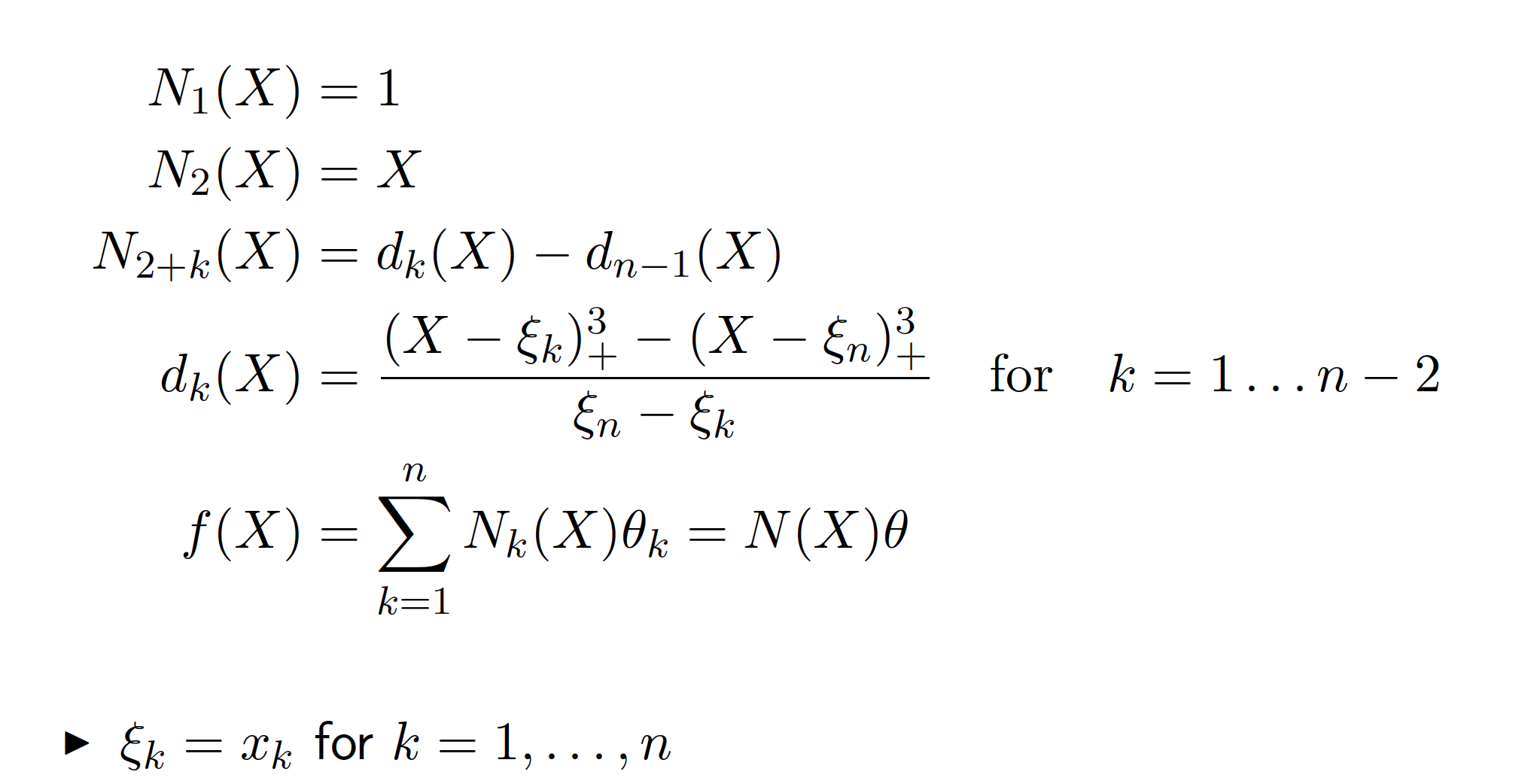Smoothing splines are a basis expansion method and for all of these methods prediction goes the same way. We have a model like
$$
f(x) = \sum_{j=1}^m \beta_j h_j(x)
$$
where the $h_j$ are completely known and the only thing to be estimated is $\beta$ which determines the relative weights of the basis functions. For a point $x_0 \in \mathbb R^p$, we first represent it in terms of the basis functions as
$$
(h_1(x_0), \dots, h_m(x_0))\in\mathbb R^m
$$
and then it's like a linear regression on this new representation of $x_0$ so our prediction is
$$
\langle (h_1(x_0), \dots, h_m(x_0)), \beta\rangle = \sum_{j=1}^m \beta_j h_j(x_0) = f(x_0).
$$
The mapping from $\mathbb R^p$ to $\mathbb R^m$ given by
$$
x_0 \mapsto (h_1(x_0), \dots, h_m(x_0))
$$
is completely known (when we choose to use a cubic regression spline, say, we've implicitly chosen our basis functions [up to changes of basis]), so once $\hat\beta$ is obtained from the training data we have everything we need to predict for any new point $x_0$.
In your case the form of $\hat\theta$ represents the fact that a smoothing spline leads to a generalized ridge regression, so $\theta$ is estimated with shrinkage, but for prediction we just do
$$
x_0 \mapsto \sum_j \hat\theta_j N_j(x_0)
$$
which is exactly because this is a basis expansion method.


